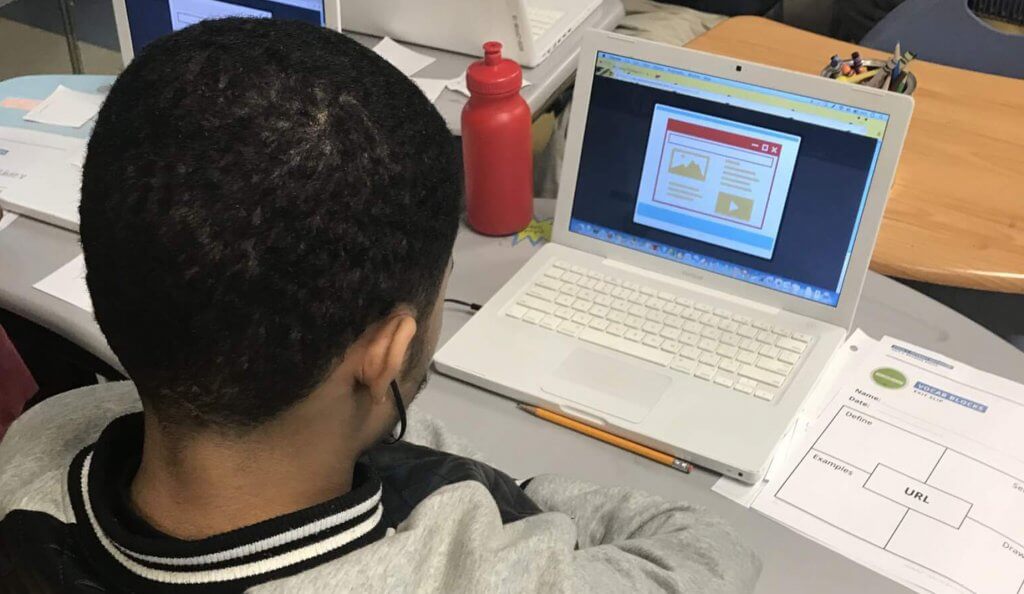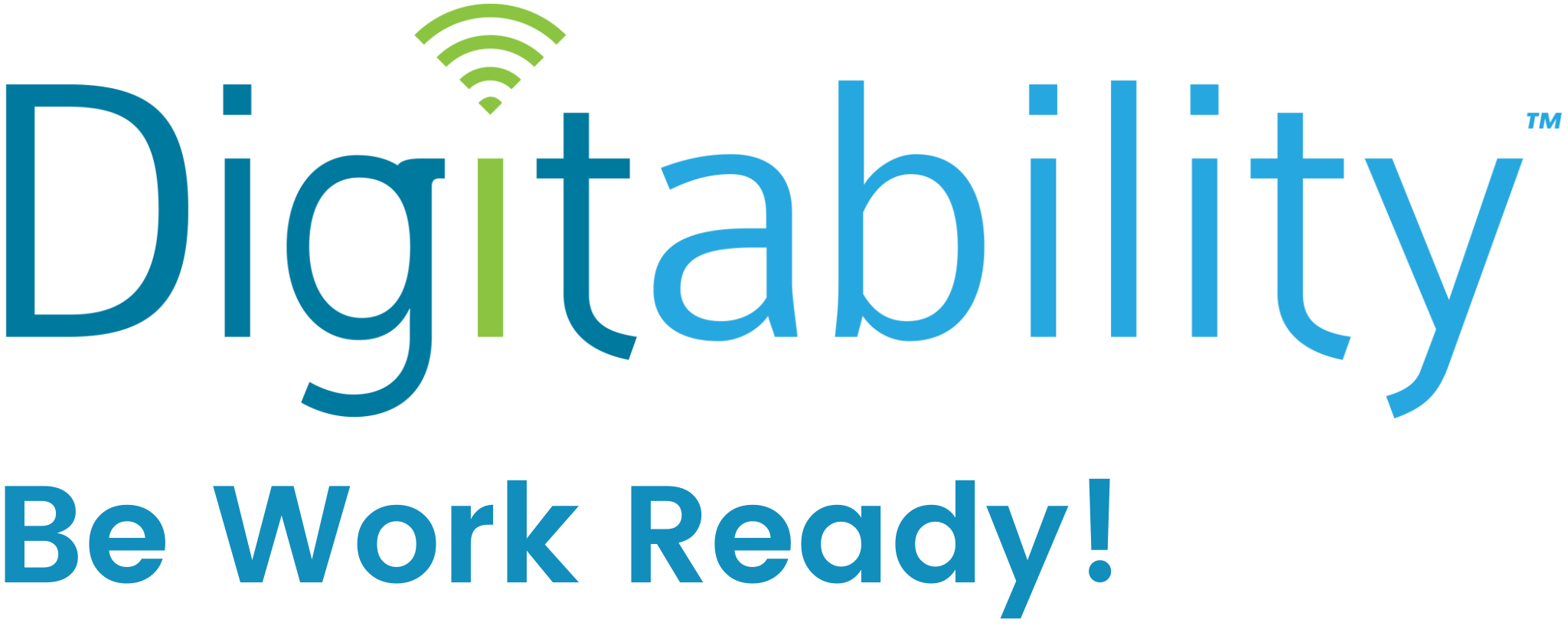
Differentiation
“One size doesn't fit all!”
How to use differentiation in your instruction
Differentiation is tough, but an integral part of teaching.
Differentiation is made up of the adaptations that educators use to instruct a diverse group of students with diverse learning needs in the same environment.
The teacher in this video uses differentiation to modify her instruction to meet the needs of those students who have a wide-range of learning and behavioral profiles, such as processing delays, limited verbal ability and students who are on a 12th grade reading level but struggle with socialization.
She is able to use differentiation during the informal assessment, by utilizing materials from the Digitability curriculum that have been adapted to support the needs of everyone in the class. She prompt some of her students with yes/no questions, while others receive open ended questions. She uses Digitability’s visual supplements to include and assess a student with limited verbal ability. Through differentiation EVERY student is included during instructional time.
We again see Dawn using differentiation during the group activity to include all of her students. She utilizing the already made differentiated Digitability materials for her student with limited verbal ability during the group activity. Dawn may also pair this student with a more verbal student to support group work.
Digitability understands that one size doesn’t fit all. That is why we have created an extensive library of already differentiated lesson plans and supplements that teachers can easily print and use in their classroom, reducing the amount of time they spend planning.
Download free sample materials for differentiating your instruction using the Digitability program.
Here are additional evidence-based practices and professional development opportunities to help student increase attendance to a task:
